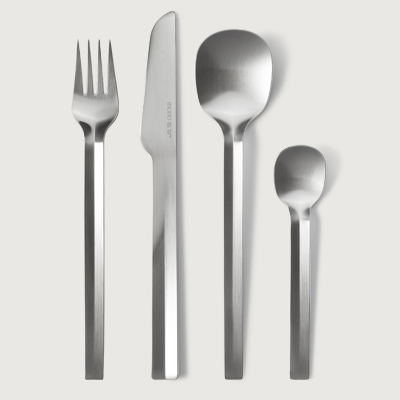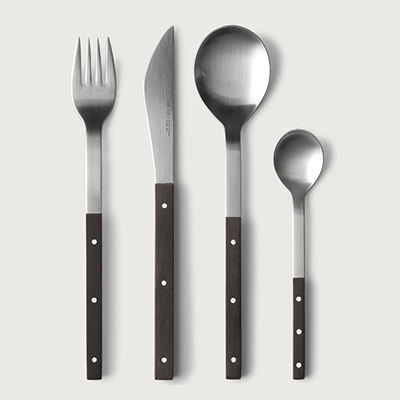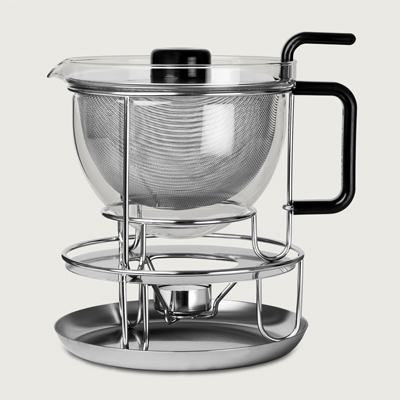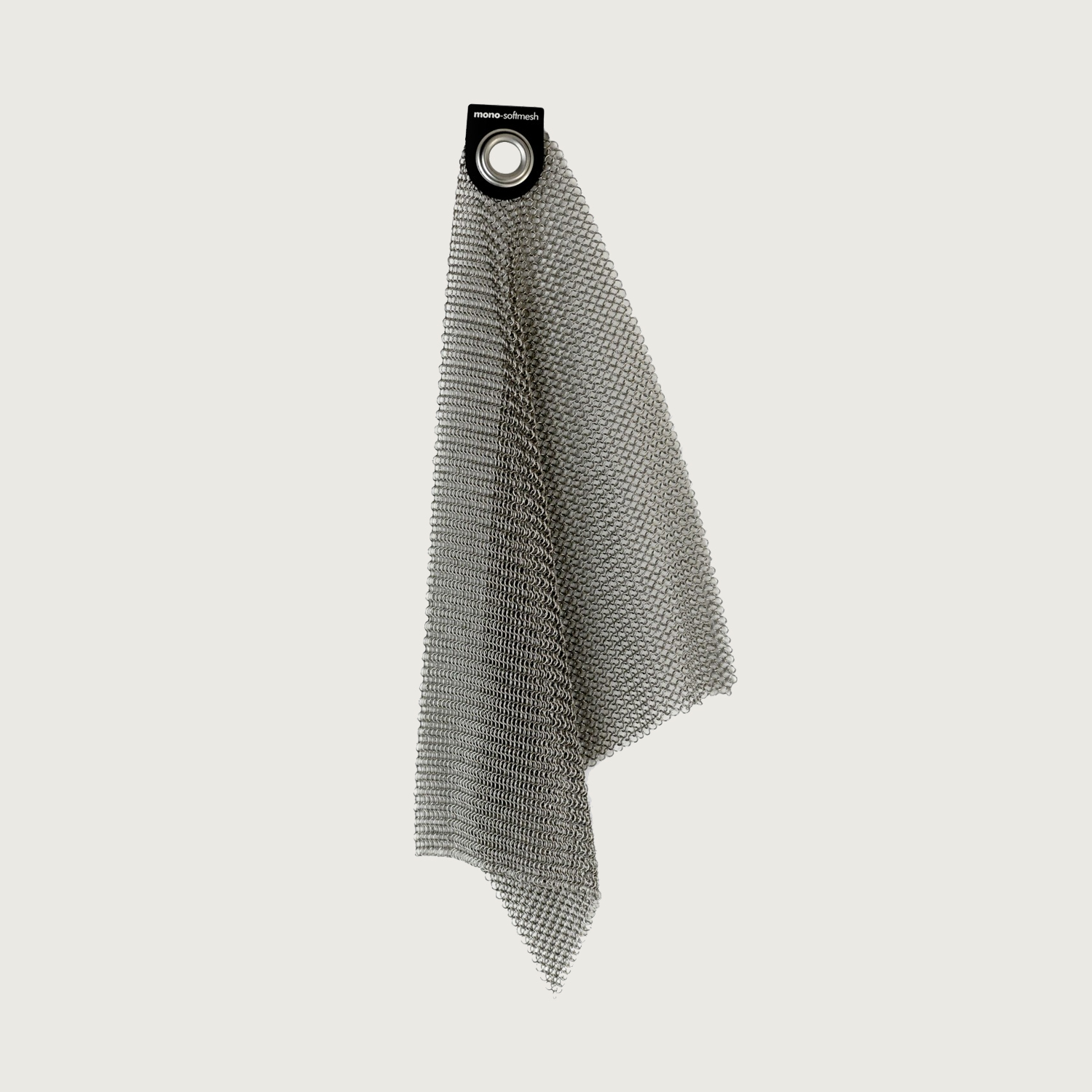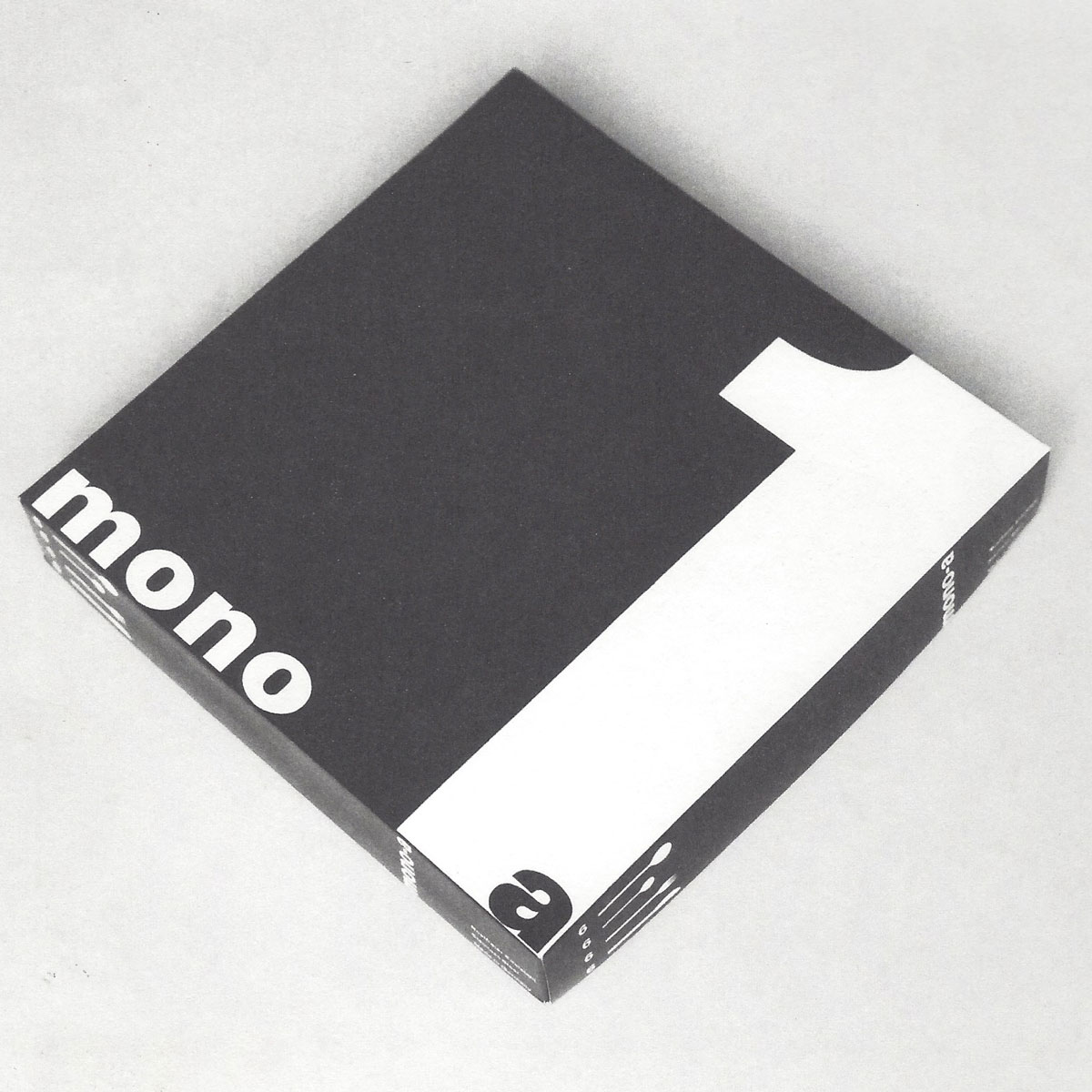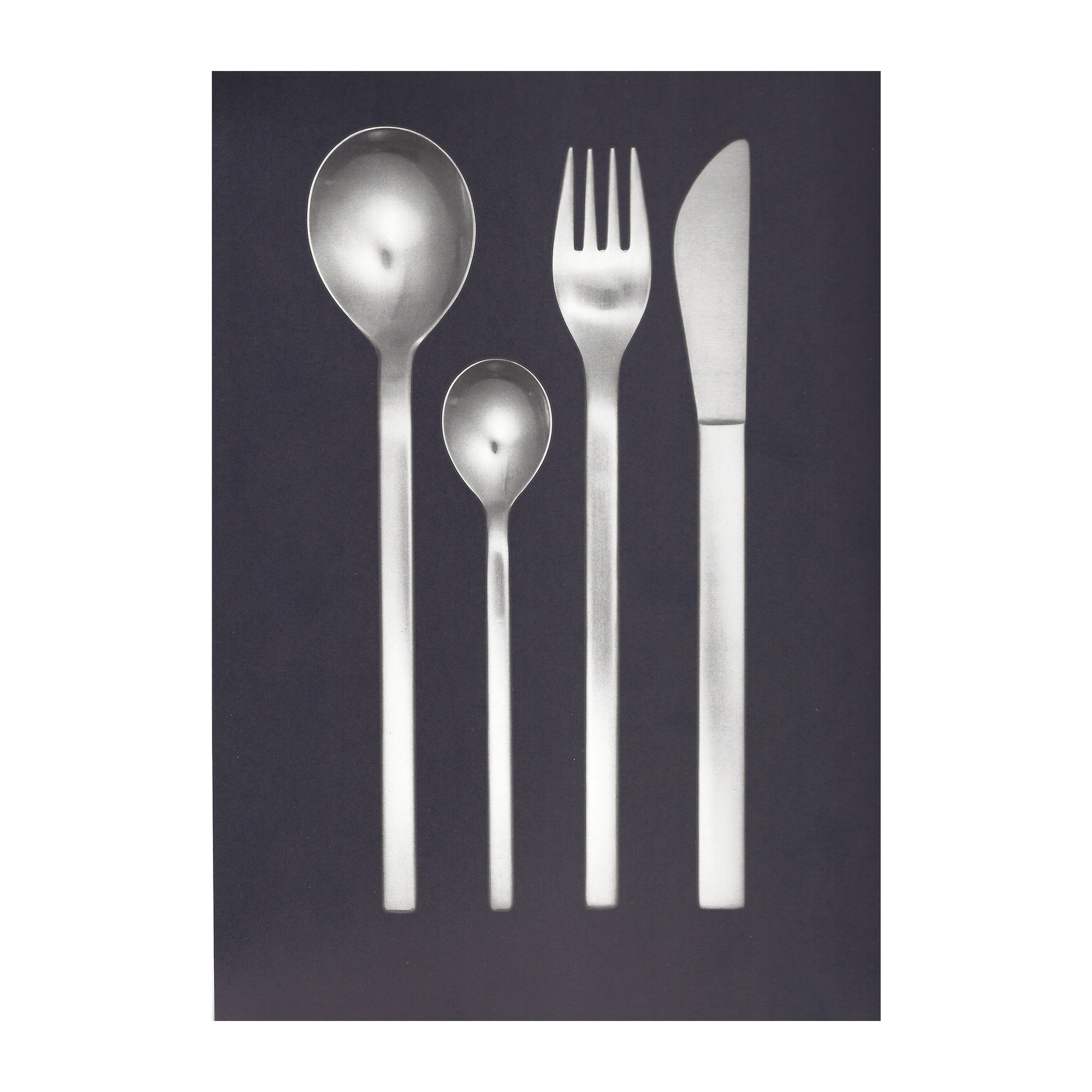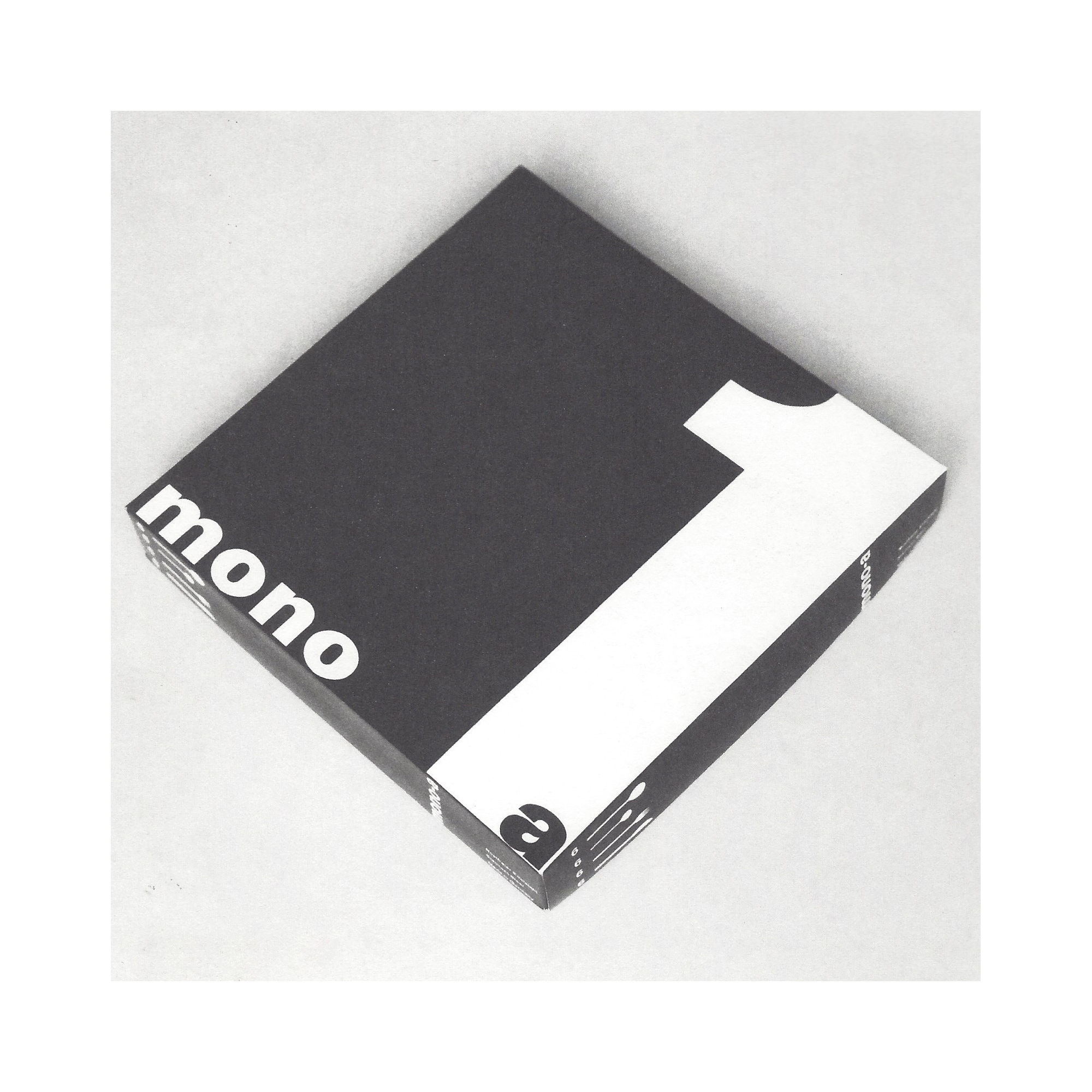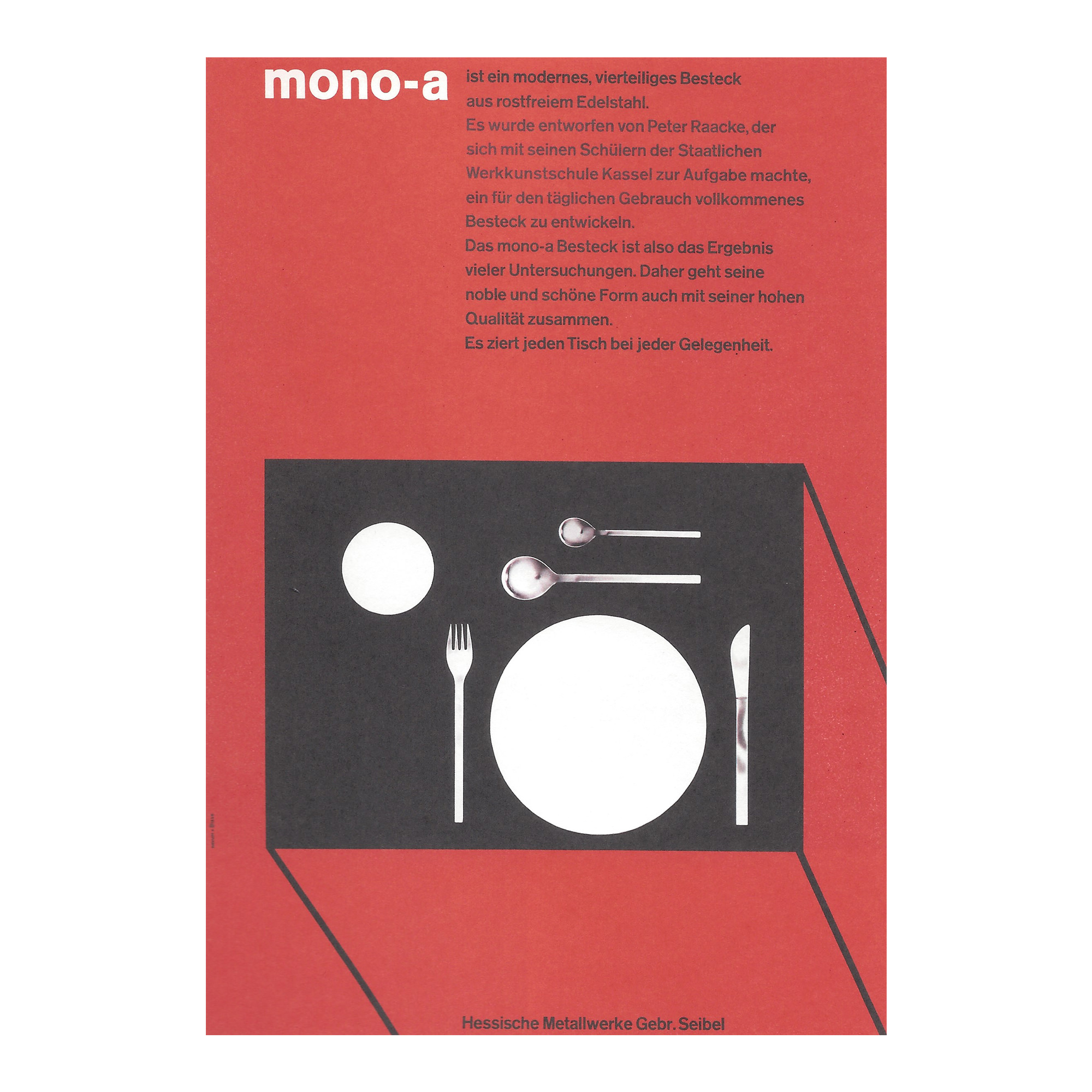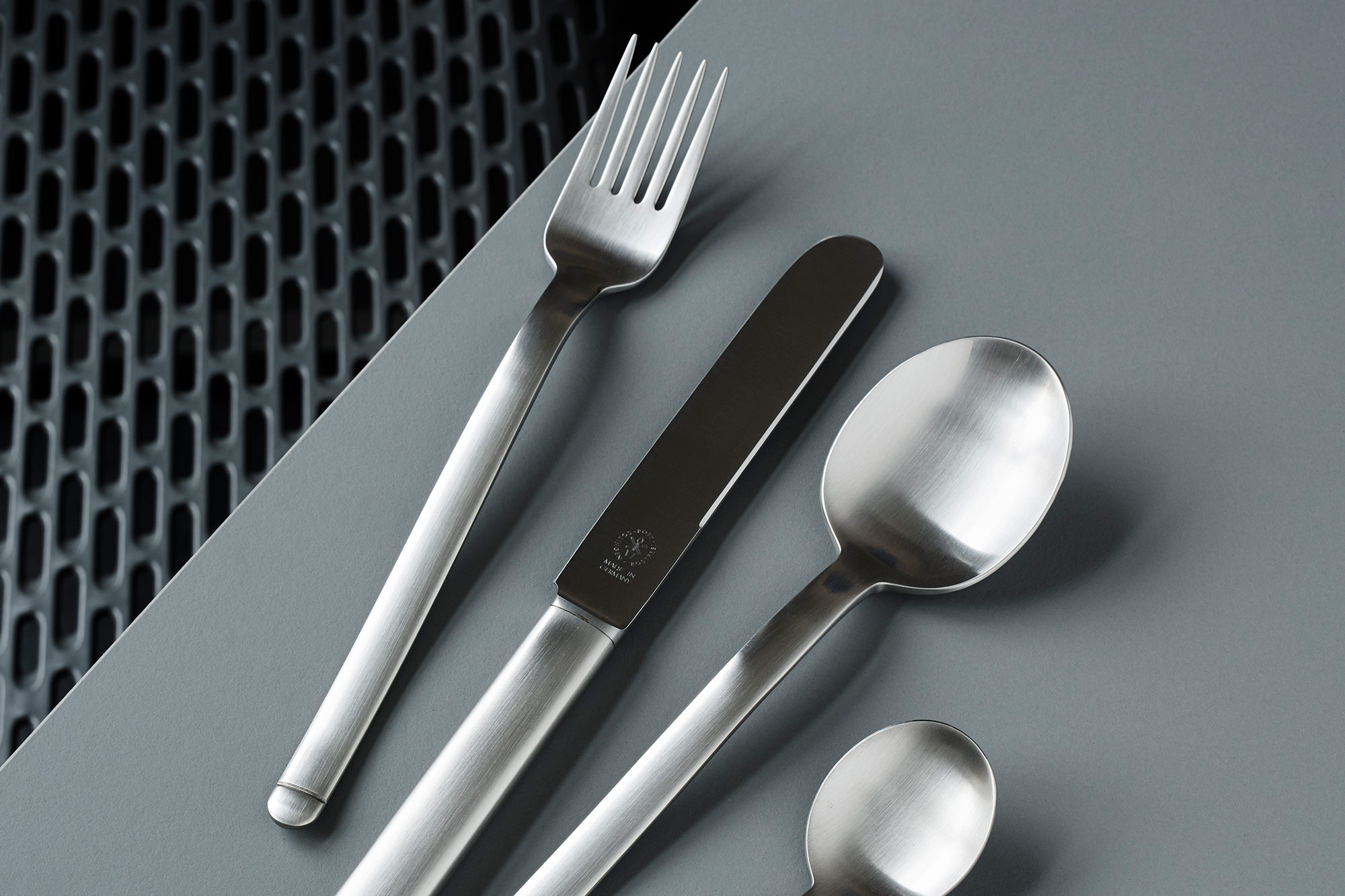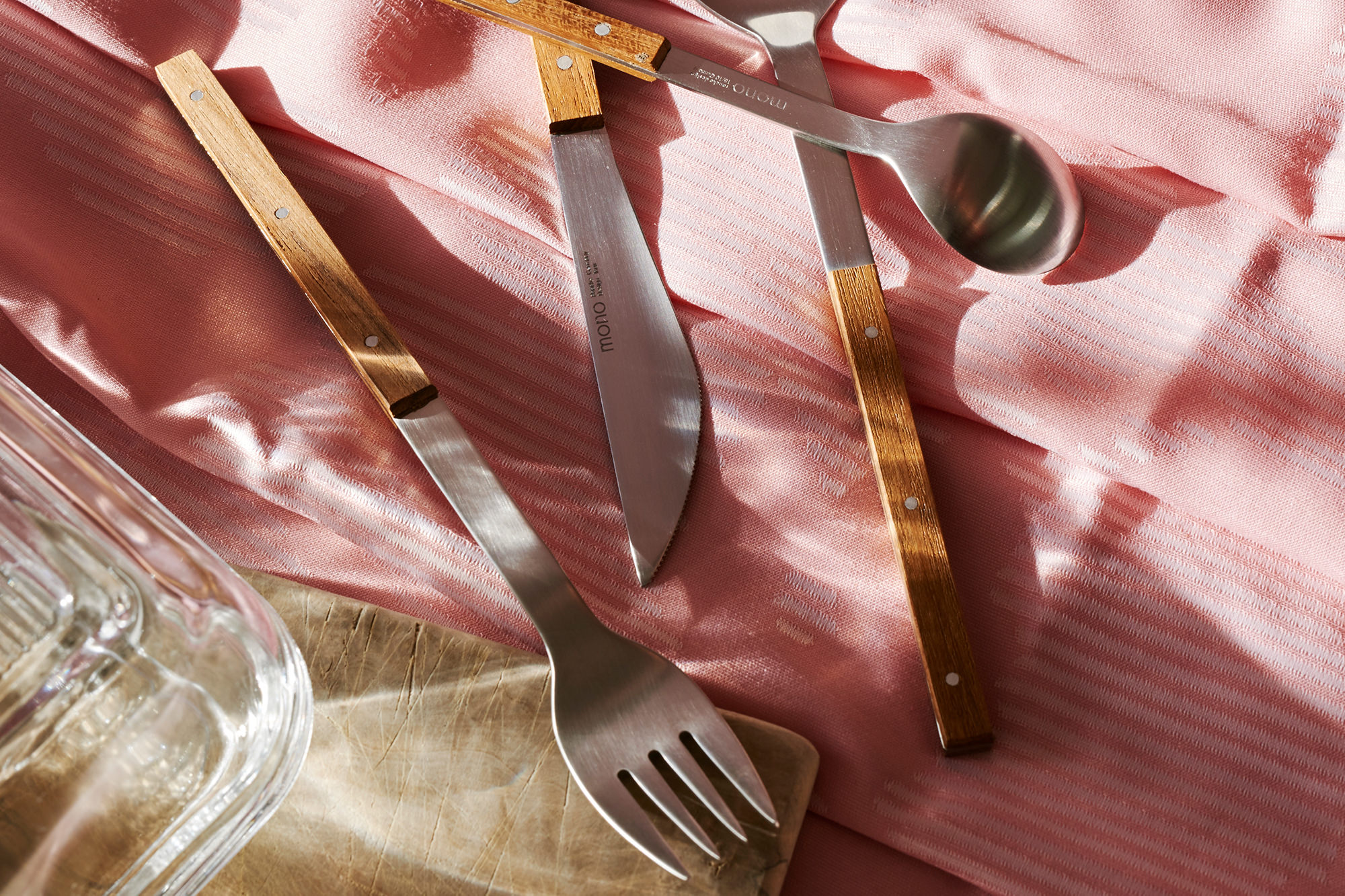Wilhelm Seibel V. is certain: "If uncle Herbert Seibel had not rebelled against his father Heinrich Seibel at the end of the 1950s, the Mono company would no longer exist today. Seibel III. was the third generation to produce solid department store cutlery in the lower and middle price segment, and this should remain so. About 200 German cutlery manufacturers shared a boom market at that time. Millions of families lost their household goods during the war.
The economic miracle made new purchases possible. Restaurants and canteens filled the books with large orders. Uncle Herbert, young and dynamic, did not want to end up as a vulgar spoon manufacturer. He secretly drove from Ziegenhain in northern Hesse to the Hochschule für Gestaltung in Kassel and met Peter Raacke, a young lecturer in industrial design. Behind the back of the old man, the two developed a design classic: the cutlery "Mono A".
Most post-war Germans loved flourishes. Gelsenkirchen baroque also conquered kitchen drawers. Mono A, on the other hand, came in a functional design, angular, in industrial stainless steel. The Seibels' regular dealers were irritated. "A piece of sheet metal that wants to be cutlery," blasphemed the competition.
Today there are less than ten cutlery manufacturers in Germany. At the end of the 1950s, the post-war demand was covered, and since the 1960s, Far Eastern low-cost suppliers have been pushing their way onto the European market. The piece of sheet metal that wanted to be a cutlery won its first important design award in 1973 with the German Federal Prize for Good Form.
(Thomas Ramge. From the gut. In: brand eins, 08/04, p. 80)

